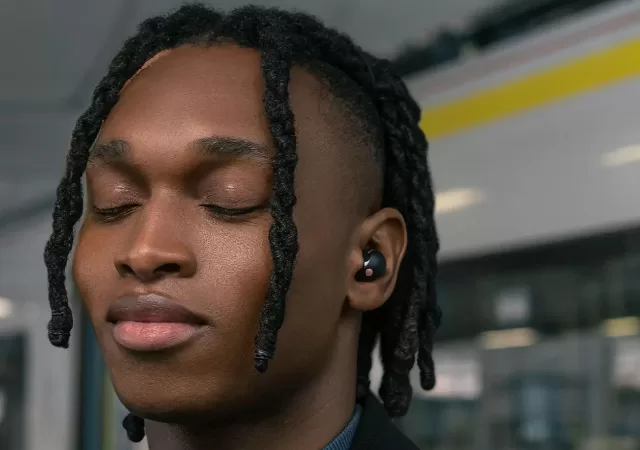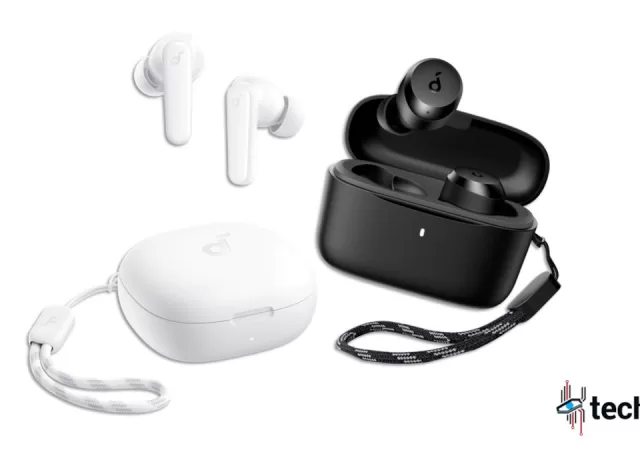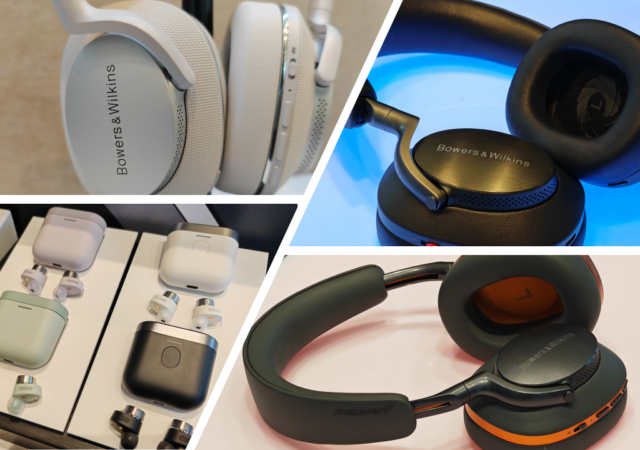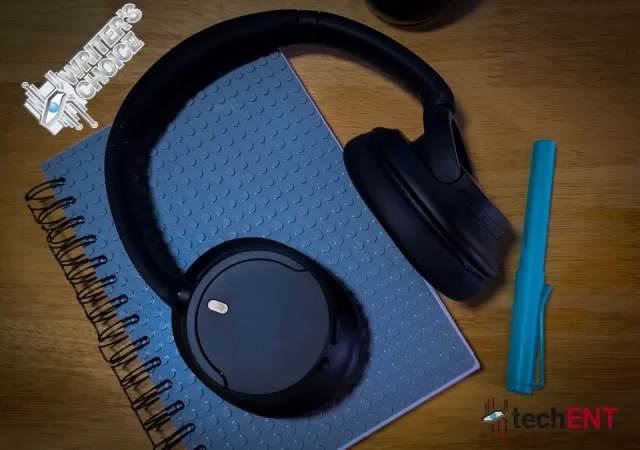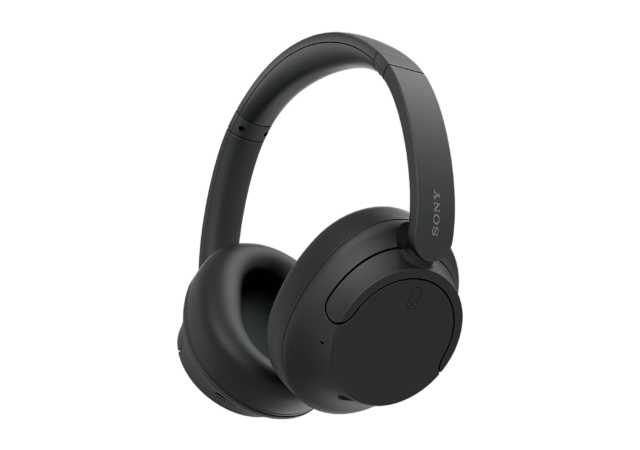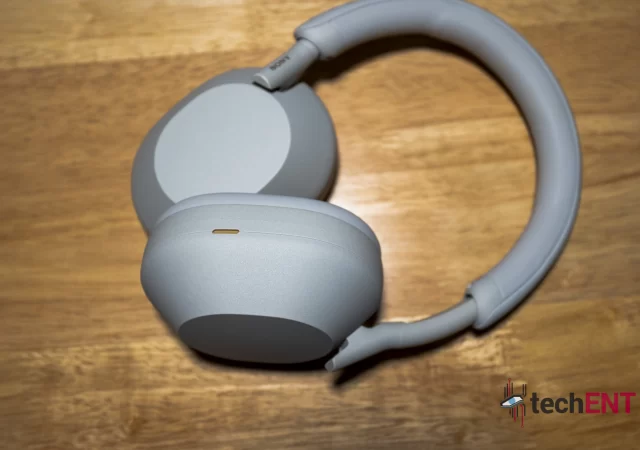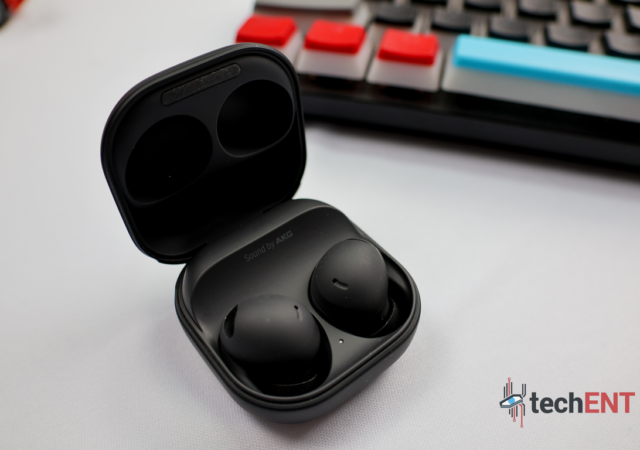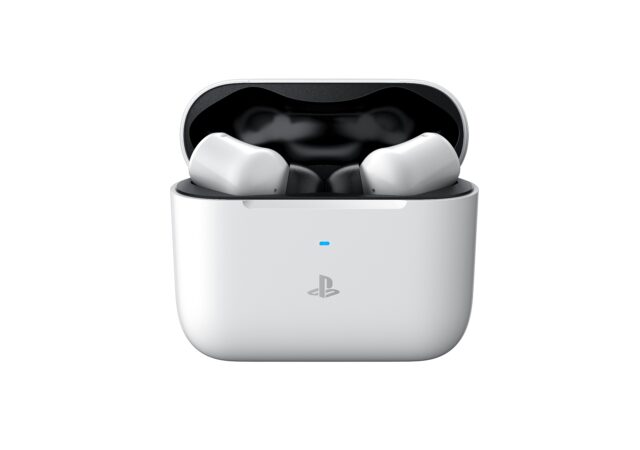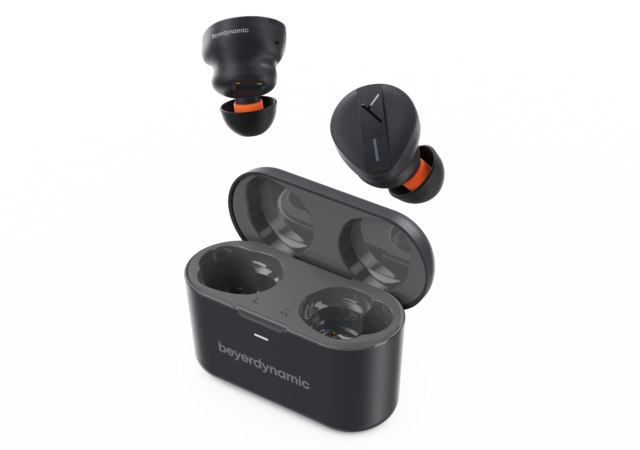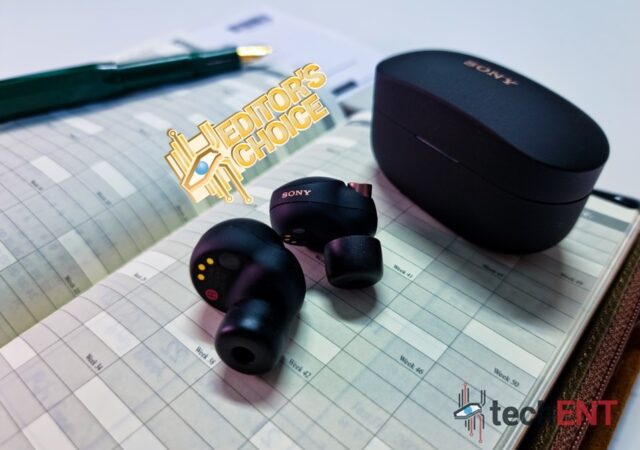Sony unveils their latest high-end ANC enabled earbuds, the WF-1000XM5 with completely revised internals for better audio and noise canceling
Anker’s Soundcore R50i & A20i Make Malaysia Debut
Get ready for the new kid in town, everyone! Anker’s bringing its Soundcore brand to Malaysia, and it’s time to get excited for their affordable true wireless earbuds, Soundcore A20i and R50i. Soundcore R50i: Longer Playtime, Longer Fun The Soundcore…
Bower & Wilkins Next Gen Wearable Audio Devices Make Malaysian Debut
Bower & Wilkins bring their new age wearable audio devices – the Pi7 S2, the Pi5 S2 and the Px8 to Malaysia.
The Sony WH-CH720N In-Depth Review – The Budget WH-1000X
When we reviewed the WH-1000XM4 and later its successor, the WH-1000XM5, we hailed them to be the best Sony offers in terms of premium sound and noise cancelling. The WH-1000XM5 offers the best all-round noise cancelling performance while we think…
Don’t Feel Like Spending More Than MYR 1,500 on a Sony Headphone? Now You Don’t Need to With Sony’s Latest WH-CH720N and WH-CH520
Sony released the WH-CH720N and WH-CH520 headphones with best-in-class noise cancelling chip and up to 50 hours battery life.
The Sony WH-1000XM5 In-Depth Review – Just… Different
Sony’s latest flagship noise cancelling headphones looks quite different in its fifth-generation guise. Is it still worth the premium?
Samsung Galaxy Buds2 Pro In-Depth Review – One Step Closer to the Perfect Pair
Samsung’s Galaxy Buds series has become one of the most iconic earbuds available on the market. It’s become a must-have accessory for any Samsung owner. We’ve even given the earbuds an award or two since it was introduced. They’re playful,…
[RazerCon 2022] The Razer Hammerhead HyperSpeed is the Only TWS Earbuds You Want for Gaming
Razer launches their new TWS Hammerhead Hyperspeed with dual mic ANC for better noise cancellationg and even more immersion in your games.
beyerdynamic Finally Gave into Peer Pressure – Introducing the Free BYRD TWS headphones
beyerdynamic introduces the Free BYRD, their first ever TWS headset with aptX, hybrid ANC and MOSAYC support for EUR 229.
Sony WF-1000XM4 In-Depth Review – The Best got Better
We got to try the Sony WF-1000XM4, their next-generation Noise Cancelling True Wireless Earbuds. At MYR 1,099, is it worth it? We find out.



